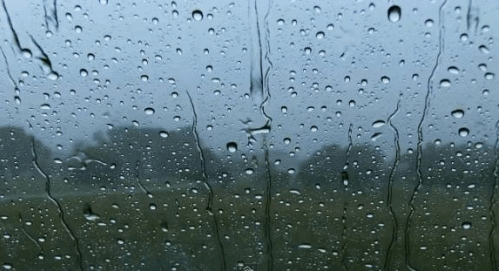você pode fazer esse efeito seguindo as etapas abaixo:
Partícula
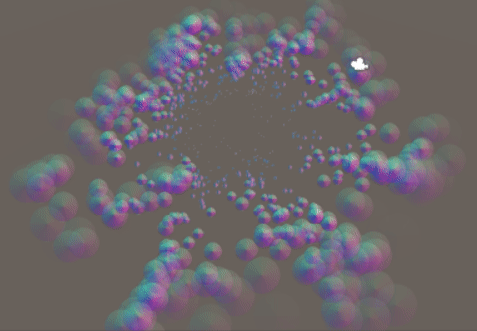
RenderTextuer
você pode armazenar o resultado usando RenderTexture. este é um exemplo de multipass em shadertoy:
https://www.shadertoy.com/view/ltccRl
iñigo quilez: Shadertoy usa várias passagens, uma por "Buffer". Como o nome indica, isso passa armazena os resultados em um buffer. Um buffer é apenas uma textura. O Unity também permitirá que você renderize texturas.
Criei uma câmera para Rendering particulas to RenderTexture:
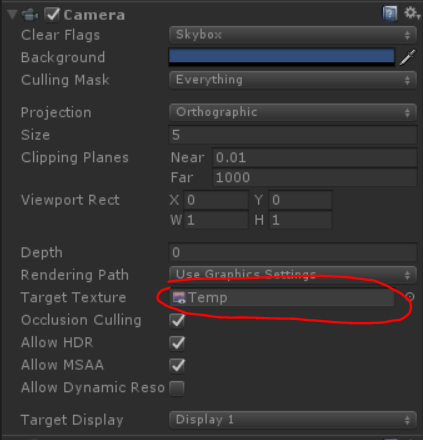
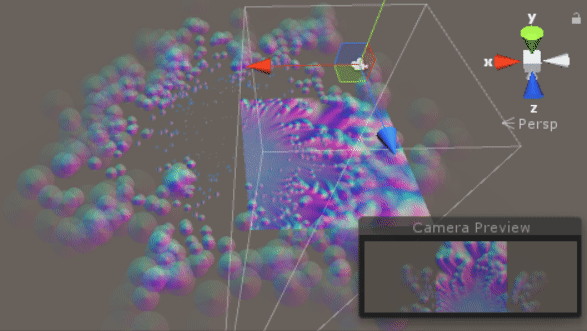
GrabPassing
você pode pegar o passe para aplicar a distorção
Eu expliquei isso neste post:
Como replicar o efeito de partícula de distorção do Quantum Break?
Borrão
usando alfa em cores ao longo da vida, temos um desfoque simples
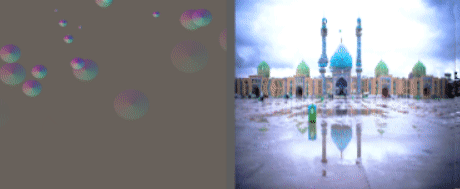
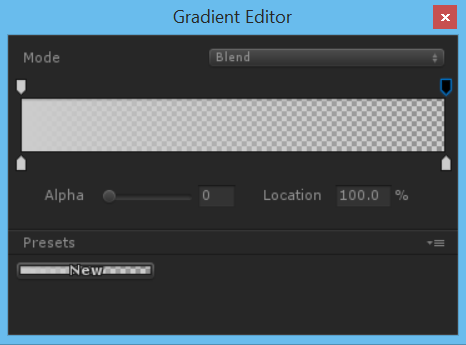
para obter melhores resultados, é melhor usar o desfoque simples, mas como conseguimos o desfoque?
Matriz de convolução
No processamento de imagens, um núcleo, matriz de convolução ou máscara é uma matriz pequena. É usado para desfoque, nitidez, gravação, detecção de bordas e muito mais. Isso é realizado fazendo uma convolução entre um kernel e uma imagem.
para mais detalhes, siga este link
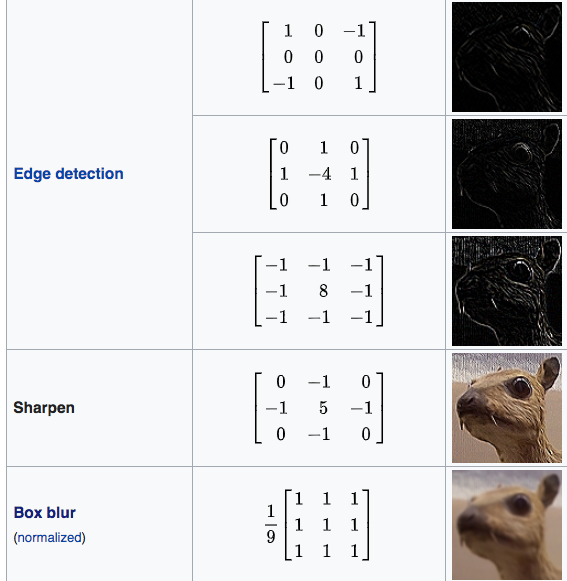
Shader "Smkgames/Convolution"
{
Properties
{
_MainTex ("Texture", 2D) = "white" {}
[Enum(kerEdgeDetectionA,1,kerEdgeDetectionB,2,kerEdgeDetectionC,3,kerSharpen,4,kerBoxBlur,5)]
_Kernel("Kernel", Float) = 1
}
SubShader
{
// No culling or depth
Cull Off ZWrite Off ZTest Always
Pass
{
CGPROGRAM
#pragma vertex vert
#pragma fragment frag
#include "UnityCG.cginc"
struct appdata
{
float4 vertex : POSITION;
float2 uv : TEXCOORD0;
};
struct v2f
{
float2 uv : TEXCOORD0;
float4 vertex : SV_POSITION;
};
v2f vert (appdata v)
{
v2f o;
o.vertex = UnityObjectToClipPos(v.vertex);
o.uv = v.uv;
return o;
}
sampler2D _MainTex;
float4 _MainTex_TexelSize;
float3x3 GetData(int channel, sampler2D tex, float2 uv, float4 size)
{
float3x3 mat;
for (int y=-1; y<2; y++)
{
for(int x=-1; x<2; x++)
{
mat[x+1][y+1]=tex2D(tex, uv + float2(x*size.x, y*size.y))[channel];
}
}
return mat;
}
float3x3 GetMean(float3x3 matr, float3x3 matg, float3x3 matb)
{
float3x3 mat;
for (int y=0; y<3; y++)
{
for(int x=0; x<3; x++)
{
mat[x][y] = (matr[x][y] + matg[x][y] + matb[x][y]) / 3.0;
}
}
return mat;
}
float Convolve(float3x3 kernel, float3x3 pixels, float denom, float offset)
{
float res = 0.0;
for (int y=0; y<3; y++)
{
for(int x=0; x<3; x++)
{
res += kernel[2-x][2-y]*pixels[x][y];
}
}
return res;
}
float _Kernel;
fixed4 frag (v2f i) : SV_Target
{
float3x3 kerEdgeDetectionA = float3x3 ( 0.0, 0, -1.0,
1.0, 0, -1.0,
0.0, 1.0, 0.0);
float3x3 kerEdgeDetectionB = float3x3 (0.0, 1.0, 0.0,
1.0, -4.0, 1.0,
0.0, 1.0, 0.0);
float3x3 kerEdgeDetectionC = float3x3 (-1.0, -1.0, -1.0,
-1.0, 8.0, -1.0,
-1.0, -1.0, -1.0);
float3x3 kerSharpen = float3x3 (0.0, -1.0, 0.0,
-1.0, 5.0, -1.0,
0.0, -1.0, 0.0);
float3x3 kerBoxBlur = (1.0/9.0)*float3x3 ( 1.0, 1.0, 1.0,
1.0, 1.0, 1.0,
1.0, 1.0, 1.0);
float3x3 kernelSelection;
if(_Kernel == 1){
kernelSelection = kerEdgeDetectionA;
}else if(_Kernel == 2){
kernelSelection = kerEdgeDetectionB;
}else if(_Kernel == 3){
kernelSelection = kerEdgeDetectionC;
}else if(_Kernel == 4){
kernelSelection = kerSharpen;
}else if(_Kernel == 5){
kernelSelection = kerBoxBlur;
}
float3x3 matr = GetData(0, _MainTex, i.uv, _MainTex_TexelSize);
float3x3 matg = GetData(1, _MainTex, i.uv, _MainTex_TexelSize);
float3x3 matb = GetData(2, _MainTex, i.uv, _MainTex_TexelSize);
float3x3 mata = GetMean(matr, matg, matb);
// kernel
float4 gl_FragColor = float4(Convolve(kernelSelection,matr,1.0,0.0),
Convolve(kernelSelection,matg,1.0,0.0),
Convolve(kernelSelection,matb,1.0,0.0),
1.0);
return gl_FragColor;
}
ENDCG
}
}
}
Borrão de caixa
Um desfoque de caixa (também conhecido como filtro linear de caixa) é um filtro linear de domínio espacial no qual cada pixel na imagem resultante tem um valor igual ao valor médio dos pixels vizinhos na imagem de entrada. É uma forma de filtro passa-baixo ("desfocagem"). Um desfoque de caixa 3 por 3 pode ser escrito como matriz
https://en.wikipedia.org/wiki/Box_blur
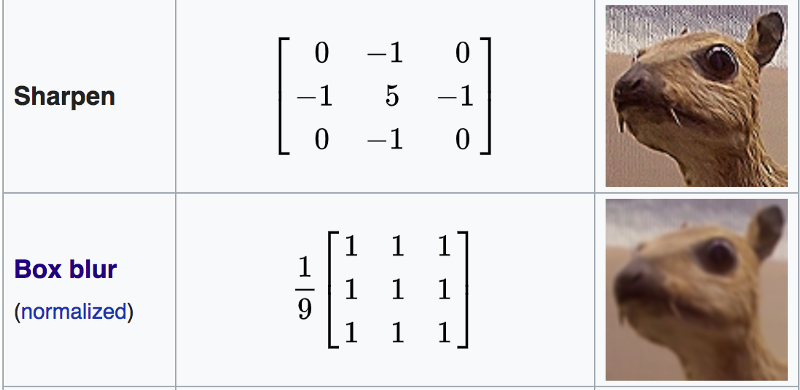
Shader "Smkgames/Simple Box Blur"
{
Properties
{
_MainTex ("Texture", 2D) = "white" {}
}
SubShader
{
Blend SrcAlpha OneMinusSrcAlpha
Pass
{
CGPROGRAM
#pragma vertex vert
#pragma fragment frag
#include "UnityCG.cginc"
struct appdata
{
float4 vertex : POSITION;
float2 uv : TEXCOORD0;
};
struct v2f
{
float2 uv : TEXCOORD0;
float4 vertex : SV_POSITION;
};
v2f vert (appdata v)
{
v2f o;
o.vertex = UnityObjectToClipPos(v.vertex);
o.uv = v.uv;
return o;
}
sampler2D _MainTex;
float4 _MainTex_TexelSize;
float4 box(sampler2D tex, float2 uv, float4 size)
{
float4 c = tex2D(tex, uv + float2(-size.x, size.y)) + tex2D(tex, uv + float2(0, size.y)) + tex2D(tex, uv + float2(size.x, size.y)) +
tex2D(tex, uv + float2(-size.x, 0)) + tex2D(tex, uv + float2(0, 0)) + tex2D(tex, uv + float2(size.x, 0)) +
tex2D(tex, uv + float2(-size.x, -size.y)) + tex2D(tex, uv + float2(0, -size.y)) + tex2D(tex, uv + float2(size.x, -size.y));
return c / 9;
}
float4 frag (v2f i) : SV_Target
{
float4 col = box(_MainTex, i.uv, _MainTex_TexelSize);
return col;
}
ENDCG
}
}
}
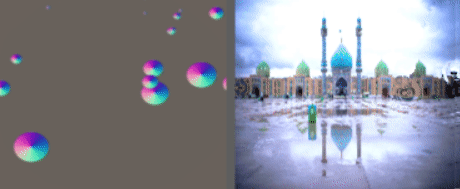
Repetição
você pode usar Rendertexture para armazenar o quadro anterior. repetindo isso, você obtém desfoque.
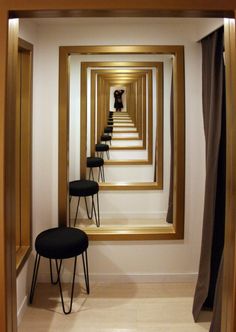
Normal
float4 distortion = tex2D(_MainTex,i.uv);
float3 distortionNormal = UnpackNormal(distortion);

Conclusão
Shader final:
Shader "Smkgames/BrokenGlass3D"
{
Properties{
_MainTex("MainTex",2D) = "white"{}
_NormalIntensity("NormalIntensity",Float) = 1
_Alpha("Alpha",Float) = 1
}
SubShader
{
Tags {"Queue"="Transparent" "RenderType"="Transparent"}
Blend SrcAlpha OneMinusSrcAlpha
GrabPass
{
"_GrabTexture"
}
Pass
{
CGPROGRAM
#pragma vertex vert
#pragma fragment frag
#include "UnityCG.cginc"
struct appdata
{
float4 vertex : POSITION;
float2 uv : TEXCOORD0;
float2 grabPos : TEXCOORD1;
float3 normal :NORMAL;
};
struct v2f
{
float2 uv : TEXCOORD0;
float4 grabPos : TEXCOORD1;
half3 worldNormal :TEXCOORD2;
float4 vertex : SV_POSITION;
};
sampler2D _MainTex;
float _Intensity,_Alpha;
v2f vert (appdata v)
{
v2f o;
o.uv = v.uv;
o.vertex = UnityObjectToClipPos(v.vertex);
o.grabPos = ComputeGrabScreenPos(o.vertex);
o.worldNormal = UnityObjectToWorldNormal(v.normal);
return o;
}
sampler2D _GrabTexture;
float _NormalIntensity;
fixed4 frag (v2f i) : SV_Target
{
float4 distortion = tex2D(_MainTex,i.uv);
float3 distortionNormal = UnpackNormal(distortion);
distortionNormal.xy *= _NormalIntensity;
normalize(distortionNormal);
fixed4 col = tex2Dproj(_GrabTexture, i.grabPos+float4(distortionNormal.rgb,0));
return col;
}
ENDCG
}
}
}
sem usar alfa em cores durante a vida útil:

usando alfa em cores ao longo da vida útil:

A fonte está disponível:
https://github.com/smkplus/RainDrop
Tem mais!
também você pode fazer ondulações
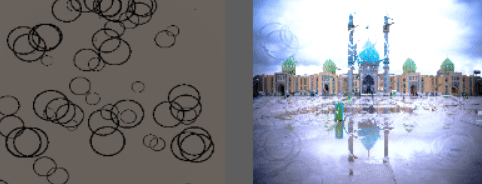
Links Úteis
https://80.lv/articles/breakdown-animated-raindrop-material-in-ue4/
https://seblagarde.wordpress.com/2013/01/03/water-drop-2b-dynamic-rain-and-its-effects/

